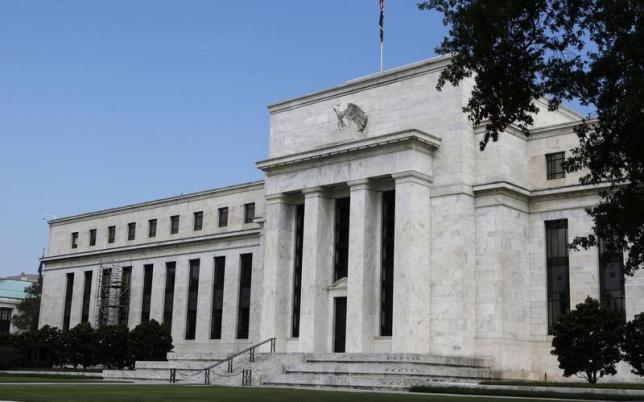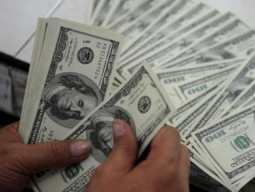
Although the US economy has fallen prey to a "toddler tantrum," risks of a major recession in 2024 remain minimal. However, ballooning government debt, alongside high levels of business and household liabilities, could threaten the stability and growth of the global economy.
The US central bank cut interest rates for the first time in four years on September 18, lowering the key lending rate by half a percentage point to a range of 4.75% to 5%.
There are no clear indicators pointing to a significant recession in the US in 2024. While growth has slowed, many experts argue that fears of an imminent recession may be exaggerated. The US labour market, though showing some signs of softening, remains relatively resilient, and consumer spending continues to support the economy. However, high levels of household, business, and government debt remain persistent threats to economic and financial stability.
The Federal Reserve's decision on September 18 marked the first time in four years that it had cut interest rates, lowering the target range for the federal funds rate by 50 basis points to 4.75% to 5%.
Data from the US Department of Labour, released on September 11, showed that the Consumer Price Index (CPI) rose by 2.5% year-on-year in August0.4 percentage points lower than in July. This was the smallest increase since February 2021 and a sign that inflation is continuing to slow.
Qanit Khalilullah, Director of a corporate and management consulting firm and an expert in economic and public policy matters, commented, "I do not support using monetary policy to change interest rates. Instead, I advocate for controlling the money supply through a full-reserve banking system, where money growth is aligned with the GDP growth of real goods and services. This approach helps prevent inflation and deflation, thereby avoiding boom-and-bust cycles."
Rising interest rates generally strengthen the dollar by attracting foreign investors seeking higher returns, while assets like gold and stocks become less attractive due to increased borrowing costs. Conversely, when interest rates are lowered, the dollar weakens, and assets like gold, stocks, and oil become more attractive investments.
Meanwhile, the US labour market continues to show signs of strain. Data from the Labour Department indicates that job cuts rose to 1.76 million in July, the highest level since March 2023. From March 2022 to July 2023, the Federal Reserve raised interest rates 11 times, with a cumulative increase of 525 basis points. The Fed has maintained the target range for the federal funds rate at 5.25% to 5.5%the highest level in 23 years.
Nobel laureate and economist Joseph Stiglitz remarked on the limitations of using monetary policy to control inflation. He critiqued central banks' confidence in raising rates, likening it to a dog believing it scared away planes by barking at them. Stiglitz argued that inflation was driven primarily by supply-side disruptions and shifts in demand patterns, and as these issues resolve, inflation is likely to continue its decline.
According to the Financial Times, the recent rate cut marks a significant moment for the Federal Reserve after more than two years of battling inflation. It also plays a key role in this year's presidential election, benefiting Democratic candidate Kamala Harris. Falling borrowing costs may ease voter concerns over high living costs, even as the economy continues to perform strongly. However, job growth has slowed, and other indicators of demand, such as vacancies, have also weakened, despite unemployment claims remaining historically low.
The US Bureau of Labour Statistics' Current Employment Statistics (CES) programme provides detailed industry estimates of nonfarm employment, hours, and earnings for workers across the country, including data from all 50 states and over 450 metropolitan areas.
Each month, CES surveys approximately 119,000 businesses and government agencies, representing about 629,000 individual worksites.
THE AUTHOR IS A STAFF CORRESPONDENT.
























COMMENTS
Comments are moderated and generally will be posted if they are on-topic and not abusive.
For more information, please see our Comments FAQ